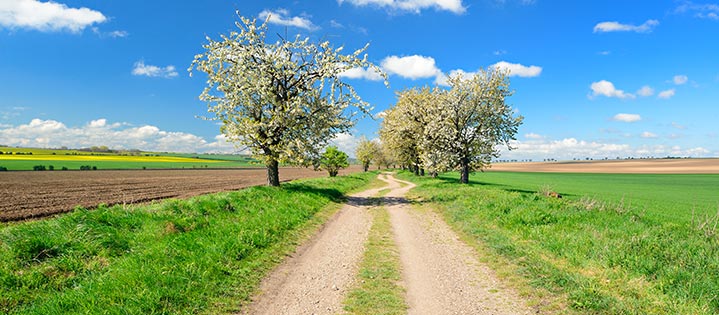RUMRA is seeking feedback from stakeholders on current energy situation in rural, mountainous and remote (R.M.R) areas in Europe, as well as potential solutions to the existing challenges. This consultation paper is designed to identify measures and solutions for creating a comprehensive energy policy that could generate a positive impact on rural energy consumers. The results of this consultation will feed into the RUMRA White Paper, which will be developed by the end of 2015.
This consultation will be closed on 31 August 2015. Please find the link to the consultation here.
BACKGROUND
* by “rural” this paper refers to all areas which are not urbanised: mountainous areas, remote areas, outmost regions, islands, highlands, etc.
The energy profile in rural areas is outdated and urgently needs a change: over 40 million households do not have access to clean energy choices and most rural buildings are aging and in need of renovation. For the millions of homes and businesses in remote rural locations, limited energy choice inevitably leads to increased emissions and a number of health issues arising from poor air quality. It also means fuel poverty remains more acute in rural areas.
Furthermore, climate change has a more profound impact on rural remote areas than anywhere else. Lowlands are being cut off as a result of climate change-linked flooding, agricultural patterns are being disrupted and some snow-capped mountains can no longer be relied upon for recreational activities. The numbers speak for themselves:
- Rural households in France, Italy, Germany, Poland and the UK emit about 27 Mt CO2-eq from coal and heating oil. Together these emissions equal the greenhouse gas emissions from eight 600 MWe coal plants, or from 3,500 small towns with around 10,000 inhabitants[1].
- Up to 5 million rural French dwellers cannot afford the cost of heating and lighting, often due to low energy efficiency.
- People living in rural and remote areas in Denmark often do not benefit from the national district heating network or natural gas network which covers 75% of the country.
- 74% of rural Italians use polluting heating oil to heat their homes.
Local energy for local people
- Rural areas have been used as territories to generate energy for centuries. From XIX century coal mines, through nuclear power stations to growing biofuels and building large-scale wind and solar farms. However, people living in rural areas very rarely benefited from hosting this essential infrastructure.
Smart rural buildings
- While in recent years some parts of Europe have enjoyed massive investments into a new building stock, the rural picture is very different. Rural homes and businesses are often reliant on aging and inefficient building stock. Because the locations of those buildings are sparse and spread-out they do not enjoy the same opportunities with regards to investments as their urban counterparts. For instance, an average house in rural Normandy is 40% less efficient than a similar property in Paris.
Community empowerment
- In recent years, Europe has seen a growth in district heating, utilities choice and and financial support for creation of smart cities. While urban areas are benefiting from this support, equal opportunity should be given to R.M.R. consumers.
- Rural citizens are not adequately empowered to take full advantage of energy transition initiatives and therefore benefit from efficient and clean technologies, participate in the market. The European Commission must ensure that vulnerable consumers in rural areas are not left behind.
Rural Energy Matters! And your voice matters in making our countryside better. Please submit your response before 31 August 2015.
[1] Ecofys, “Rural Energy in Europe”. 2013
CLICK HERE TO CONTINUE TO THE CONSULTATION
The MS Word version of the Consultation is available here: Consultation_ 6 May_ FINAL

